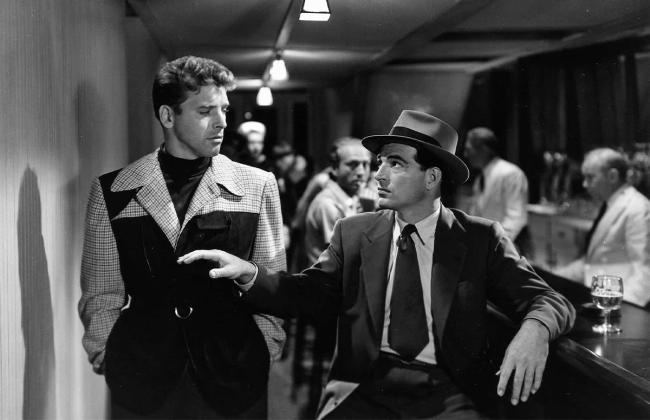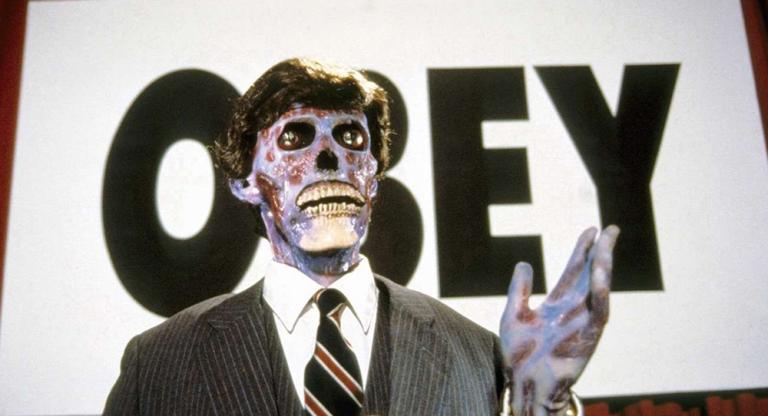Robert Siodmak, the German expat who defined the look and feel of American noirs with films such as The Phantom Lady (1944) and The Killers (1946), remains best-known for his studio work throughout the 1940s. These are films of a cold, melancholy bent. Their narratives take place at night, or in shadowy streets and bars; their mise-en-scènes are always claustrophobic, of an unmistakably staged and geometric sort; their characters are always doomed. Each element of Siodmak’s noirs contributes to the moral pinnings of the worlds he creates, where personal downfall portends sudden death; his are worlds of tired men unknowingly, or oftentimes obstinately, careening toward catastrophe. Criss Cross (1949) is no different.
Criss Cross was Siodmak’s second collaboration with Burt Lancaster, who stars as the lovelorn Steve Thompson in the film. Lancaster, who is described as a “swell looking, well-built man,” isn’t so much muscle as brute in this cutting melodramatic criminal parable. His character is a washed-up drifter, who having tried to rub out love from his soul by traveling across the United States finds himself back home in Los Angeles, lovestruck with his ex-wife despite their fickle months of marriage. Siodmak’s decision to have the film unravel as a long flashback instills Steve’s story with a sharp sense of pathos, each wistful line of voice-over ringing with mulled-over heartache until it doesn’t, at which point it aches with regret and transforms the entire film into a treatise on deception—both self-induced and imposed.
When I spoke with the German filmmaker Christian Petzold about his film Afire (2023), he said that the films Siodmak and his fellow expats made in the United States “tell us a story about exile.” Unlike the high-on-life summer feel of People on Sunday (1930), which Siodmak co-directed with Edgar G. Ulmer and Fred Zinnemann in Germany, Petzold noted that films like The Killers and Ulmer’s Detour (1945) “are hard-boiled and melodramatic”—they are films that embody a lost freedom. Criss Cross is paradigmatic in this sense, showing the narrative and visual limits of its genre, in addition to chronicling a fated story. Unlike People on Sunday, where the camera appears to weightlessly float around Berlin, the camerawork in Criss Cross suggests an immovable machine; it is fixed, much like the fate of its protagonist. And as far as said fate goes, it’s worth remembering it succeeds a period of wayward travel for Steve, whose itch to run away from his past lands him back where he started; again, freedom is lost and traded for cynical conclusions. Criss Cross, though full of twists and turns, is a film of predetermined ends, and it’s the latter rather than the former that makes it so exciting to watch, as each narrative surprise, each suggestion its protagonist could live out another life, only makes the inevitable nature of its ending all the more painful to experience.
Criss Cross screens on 35mm this Saturday and Sunday, November 9 and 10, at the Stanford Theatre, on a double bill with The Postman Always Rings Twice as the finale to the series “Film Noir (plus Val Lewton).”





